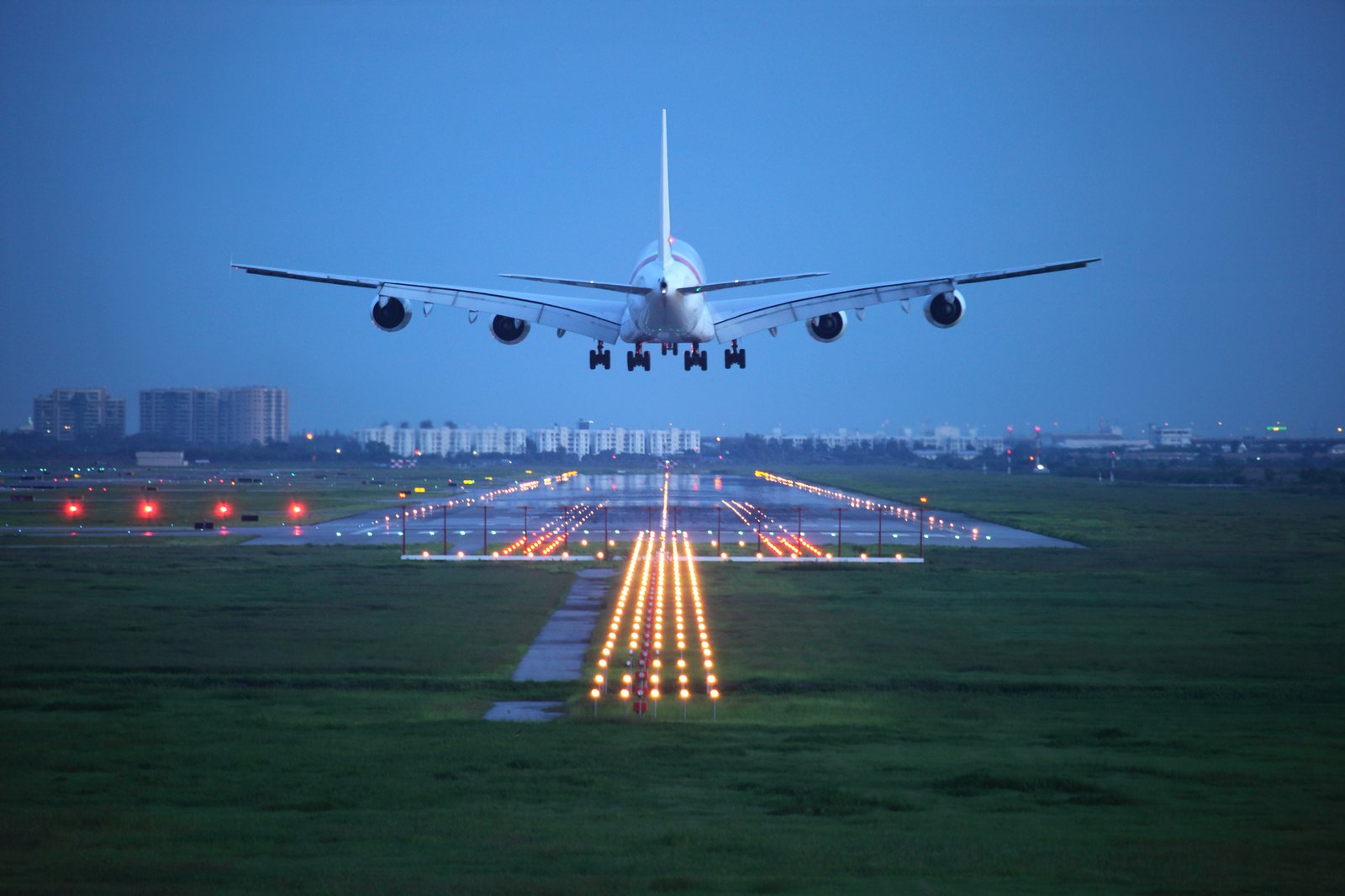On July 19, 2024, a combination of issues from Microsoft and CrowdStrike led to a major tech failure. A faulty update from CrowdStrike and a storage incident in Microsoft’s Azure services caused widespread disruptions. This outage affected federal agencies, hospitals, airlines, and local businesses, highlighting the critical dependency on cloud services.
Join us as we explore the root cause of the issue, the extensive impact on various sectors, and the recovery efforts to restore normalcy.
The Root Cause

The root cause of the Microsoft Azure outage on July 19, 2024, was a combination of issues from both Microsoft and CrowdStrike. Microsoft’s Azure services in the Central US region experienced failures due to a storage incident, impacting the availability and functionality of virtual machines. This led to unexpected restarts and service disruptions for customers.
At the same time, CrowdStrike released a sensor configuration update that triggered a logic error, resulting in system crashes and the infamous “blue screen of death”(BSOD) on impacted Windows systems. These concurrent issues exacerbated the situation, leading to a widespread and prolonged outage affecting multiple sectors globally.
Crowdstrike Took Responsibility

CrowdStrike accepted full blame for the software glitch that triggered the outage. The faulty code was delivered through a recent system update. According to a post by George Kurtz, CrowdStrike’s president and CEO, Mac and Linux users were unaffected. He emphasized that the issue wasn’t a cyberattack and that customers remained “fully protected.”
However, Mr. Kurtz warned on NBC’s “Today” show that implementing the patch would take time. “We deeply regret the inconvenience and disruption this has caused,” Mr. Kurtz stated, acknowledging the severity of the situation.
Global User Impact

The issue impacted approximately 8.5 million Windows devices globally. Although this represents only about 1% of all Windows users, the scale of the disruption was significant. Major sectors, including finance, healthcare, and aviation, faced severe operational challenges. The incident also led to a spike in support tickets and customer complaints as users struggled with connectivity and service availability issues. The widespread nature of the outage underscores the critical dependency on cloud services and the far-reaching consequences of technical failures on a global scale.
The Impact on Local Businesses

Local businesses were left on the frontlines of the disruption, facing lost productivity, financial setbacks, and potential reputational harm. This reactive scramble highlights the need for more proactive measures from tech giants like Microsoft. While their collaboration with CrowdStrike to restore functionality is commendable, it underscores the importance of building more robust systems to prevent such widespread disruptions in the future.
Microsoft did not immediately respond to inquiries about their operating system’s role in the outage. While details remain unclear, Microsoft CEO Satya Nadella did confirm in a post that they were collaborating with CrowdStrike to offer technical support and restore functionality for affected customers.
Effects on Airlines

The impact of the outage was far beyond personal computers. The travel industry was significantly disrupted, with airlines forced to cancel nearly 1,500 flights in the U.S. Major airlines like American Airlines, United Airlines, and Delta Airlines were particularly affected.
The Federal Aviation Administration (FAA) responded swiftly by closely monitoring the situation and assisting airlines with ground stops, pausing all departures until the issue was resolved. This swift action by the FAA helped to minimize further chaos in the skies and ensure passenger safety.
Consequences For Hospitals

The disruption severely affected hospitals across the U.S. and globally. In the U.S., major hospitals, including those in New York and California, experienced significant disruptions, particularly in accessing electronic health records (EHRs). Renowned institutions like Mass General Brigham and Cincinnati Children’s Hospital Medical Center were forced to delay non-urgent procedures and surgeries. This affected patient care and treatment plans. The outage impacted essential services, causing delays and forcing many facilities to revert to manual processes. Globally, the healthcare sector faced similar challenges, underscoring the critical reliance on cloud services for medical operations.
Impact on Emergency Lines

The outage significantly disrupted emergency services across the U.S. In Alaska, both 911 and non-emergency call centers malfunctioned, prompting state troopers to advise using manual phone lines. States like Arizona, Indiana, New Hampshire, and Ohio also reported impaired emergency call lines. In San Francisco, the fire department received 20 false fire alarms simultaneously, likely due to the outage.
Impact on Government Agencies

The glitch and outage affected numerous U.S. federal agencies, including the FBI and the Department of Justice. Federal healthcare services, state and local police, and Department of Energy sites also experienced disruptions. The US Cybersecurity and Infrastructure Security Agency reported hacker activity exploiting the outage for phishing. The US Customs and Border Protection faced processing delays, impacting international trade and travel. Additionally, state and local governments, including courts and motor vehicle departments, reported various issues, though many returned to normal operations by day’s end.
Collaborative Effort to Recover

With the source of the outage identified, both CrowdStrike and Microsoft scrambled to address the issue. CrowdStrike took responsibility, acknowledging the faulty update and deploying a fix to prevent further damage. They also advised their customers to consult the support portal for the latest updates and guidance on recovering their systems.
Microsoft, whose Windows operating system was affected by the CrowdStrike update, also took action. They acknowledged the issue with Windows 365 Cloud PCs and offered instructions on restoring systems to a previous state, essentially rolling back the problematic update. These combined efforts from CrowdStrike and Microsoft were crucial in expediting the recovery process and minimizing the long-term impact of the outage.
Long-Term Fallout of the Global Tech Outage

On July 19th, the world was plunged into chaos, a stark reminder of how interconnected we are and how fragile our reliance on technology can be. The coming months will likely see continued industry discussion and potential changes in regulations and software development practices to prevent similar incidents in the future.


